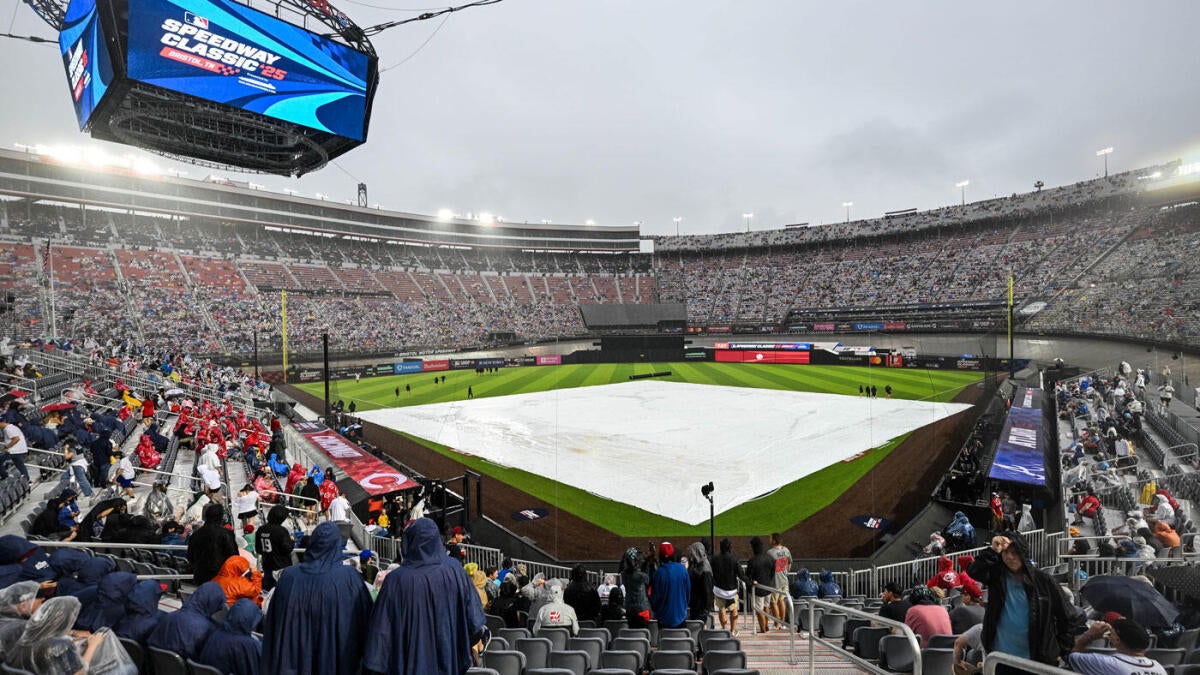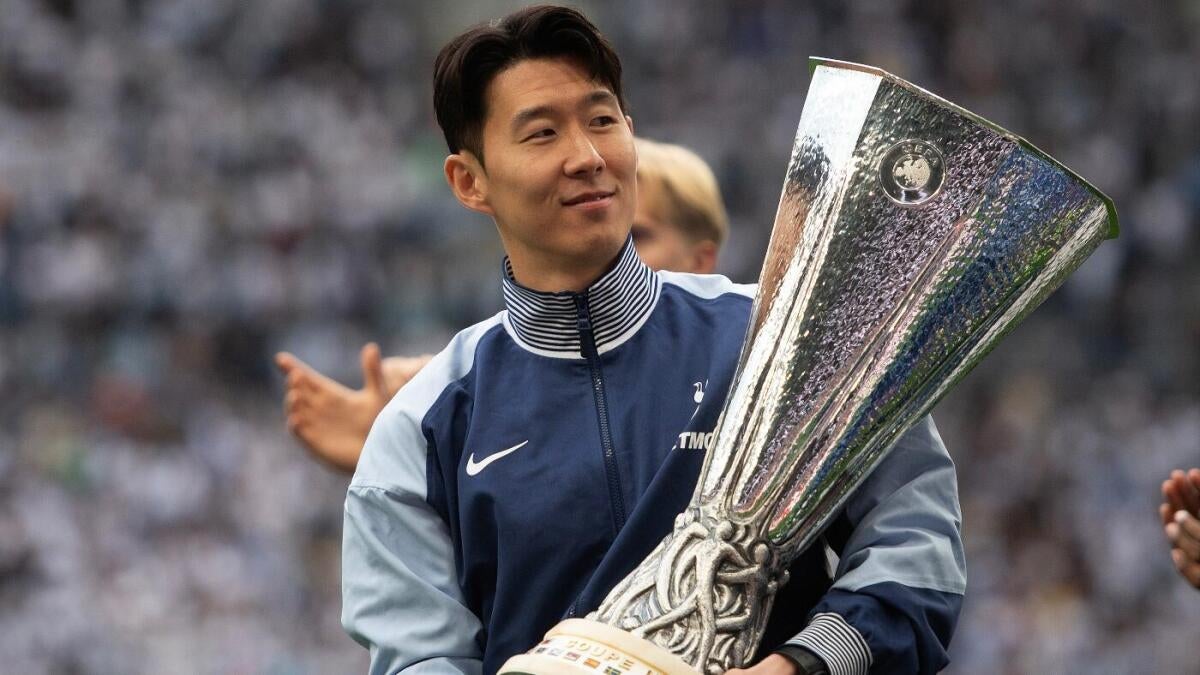The NFL-ization of College Football: How General Managers are Reshaping Rosters and Redefining Success
The Evolution of College Football Management
College football is no longer just a game; it’s a high-stakes industry where the lines between amateur and professional sports are increasingly blurred. The introduction of the general manager (GM) role, borrowed from the NFL, marks a significant shift in how college football programs operate. This transformation is not merely about adopting new titles or increasing salaries—it’s about redefining the very essence of team building, management, and long-term success.
The rise of the college football GM is driven by several interconnected factors. The transfer portal has revolutionized player mobility, allowing thousands of athletes to explore new opportunities annually. This dynamic landscape requires dedicated personnel to identify talent, evaluate potential fits, and navigate the complexities of transfer regulations. Additionally, the advent of Name, Image, and Likeness (NIL) deals has introduced a new layer of complexity to roster management. GMs are now tasked with facilitating NIL opportunities, ensuring compliance with NCAA rules, and managing expectations within the locker room.
Moreover, the sheer volume of data available on prospective recruits and transfer players has rendered traditional scouting methods obsolete. Modern GMs leverage advanced analytics, video analysis, and data-driven insights to identify players who not only possess the necessary physical skills but also align with the team’s culture and strategic vision. This shift towards a more professionalized approach to roster management is reshaping the landscape of college football, making it more competitive and strategic than ever before.
The Multifaceted Role of the College Football GM
The college football GM is far more than just a glorified scout. Their responsibilities encompass a wide range of areas, each critical to the success of the program. Roster management is at the core of the GM’s role, involving the identification of roster needs, evaluation of current players, tracking potential transfers, and making strategic decisions about scholarships and playing time. GMs must have a deep understanding of the program’s offensive and defensive schemes, as well as the coaching staff’s preferences, to ensure that the roster is optimized for success.
Recruiting is another key area where GMs play a crucial role. While coaches still build relationships with recruits, GMs provide essential support by identifying prospects, organizing visits, and managing the recruiting database. They work closely with the recruiting staff to develop effective strategies for attracting top talent, ensuring that the program remains competitive in the ever-evolving recruiting landscape.
Navigating the NIL landscape is a critical responsibility for modern GMs. They often serve as liaisons between players, collectives, and potential sponsors, ensuring that NIL deals are compliant with NCAA regulations and aligned with the program’s values. This role requires a keen understanding of the legal and ethical implications of NIL deals, as well as the ability to manage the expectations of both players and sponsors.
Analytics and evaluation are also central to the GM’s role. GMs leverage data analytics to evaluate player performance, identify areas for improvement, and assess the potential of recruits and transfer players. This involves analyzing game film, tracking player statistics, and utilizing advanced metrics to gain a competitive edge. By harnessing the power of data, GMs can make more informed decisions that enhance the overall performance of the team.
Contract negotiation is another key aspect of the GM role. As college football increasingly resembles a professional sport, GMs work with university administrators and legal counsel to negotiate contracts with coaches and key support staff. This ensures that the program is able to retain its most valuable assets and maintain a competitive edge in the marketplace.
Finally, strategic planning is a critical responsibility of the GM. They play a key role in developing the program’s long-term strategic plan, identifying emerging trends in college football, assessing the program’s strengths and weaknesses, and developing strategies for staying ahead of the competition. By taking a proactive approach to strategic planning, GMs can position their programs for sustained success in the long term.
The Impact of GMs on College Football Programs
The rise of the college football GM is not just a theoretical trend; it’s a reality playing out at programs across the country. Several high-profile GM hires have made a significant impact on their respective teams, demonstrating the value of this role in the modern era of college football.
At Alabama, Courtney Morgan’s lucrative contract highlights the value that the Crimson Tide place on the GM role. Tasked with managing the roster and building NFL-style infrastructure, Morgan is a key figure in Alabama’s quest to maintain its dominance in the SEC. His ability to identify and develop talent, as well as navigate the complexities of the transfer portal and NIL landscape, has been instrumental in Alabama’s continued success.
Similarly, Chad Bowden’s role at USC reflects the Trojans’ commitment to competing at the highest level. Bowden’s mandate is to construct and manage USC’s roster, leveraging the resources of the university and NIL collectives. His NFL-style approach to roster management has positioned USC as a formidable force in the Pac-12, demonstrating the impact that a skilled GM can have on a program’s success.
Michael Lombardi’s presence at North Carolina underscores the growing importance of NFL-style front-office expertise in college football. A 30-year NFL veteran, Lombardi brings a wealth of experience to UNC, helping the Tar Heels build a competitive roster and develop a strategic vision for the future. His ability to identify and develop talent, as well as navigate the complexities of the transfer portal and NIL landscape, has been instrumental in UNC’s success.
Drew Hughes’ role at Oklahoma highlights the growing investment in sophisticated personnel operations in college football. Overseeing roster management and talent acquisition, Hughes leads a large front-office staff, demonstrating Oklahoma’s commitment to building a competitive program. His ability to identify and develop talent, as well as navigate the complexities of the transfer portal and NIL landscape, has been instrumental in Oklahoma’s success.
These examples illustrate the diverse backgrounds and skill sets that GMs bring to college football. From NFL veterans to seasoned college recruiters, these individuals are reshaping how teams are built and managed, positioning their programs for sustained success in the long term.
The Future of the College Football GM: Challenges and Opportunities
The rise of the college football GM is not without its challenges. One of the biggest hurdles is defining the role and establishing clear lines of authority. GMs must work closely with coaches, athletic directors, and other university administrators to ensure that their efforts are aligned with the program’s overall goals. This requires a high level of communication, collaboration, and mutual respect, as well as a clear understanding of each party’s responsibilities and areas of expertise.
Another challenge is managing the ethical implications of the GM role. With increased power and influence comes increased scrutiny. GMs must adhere to the highest ethical standards and avoid any actions that could compromise the integrity of the program. This requires a strong moral compass, as well as a commitment to transparency, accountability, and fairness in all aspects of the GM’s responsibilities.
Despite these challenges, the future of the college football GM is bright. As the sport continues to evolve, the need for skilled personnel managers and strategic thinkers will only grow. GMs who can effectively navigate the complexities of the transfer portal, NIL deals, and data analytics will be in high demand, positioning their programs for sustained success in the long term.
Conclusion: A New Era of College Football Leadership
The emergence of the college football GM represents a fundamental shift in how teams are built and managed. No longer is it enough to simply recruit talented players and develop them on the field. Modern college football requires a sophisticated, data-driven approach to roster management, strategic planning, and talent acquisition. The GMs are not just administrators; they are architects of success, shaping the future of their programs and ushering in a new era of college football leadership.
As college football embraces its increasingly professionalized landscape, the “kingmakers” in the front office will undoubtedly continue to rise in prominence, dictating the terms of competition and redefining the very essence of the game. The rise of the college football GM is a testament to the evolving nature of the sport, reflecting its growing complexity, competitiveness, and strategic depth. In this new era, the GMs will play a pivotal role in shaping the future of college football, ensuring that their programs remain at the forefront of the ever-evolving landscape of the sport.












